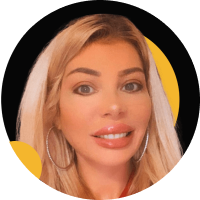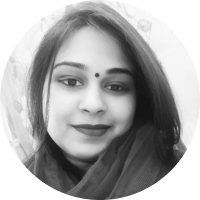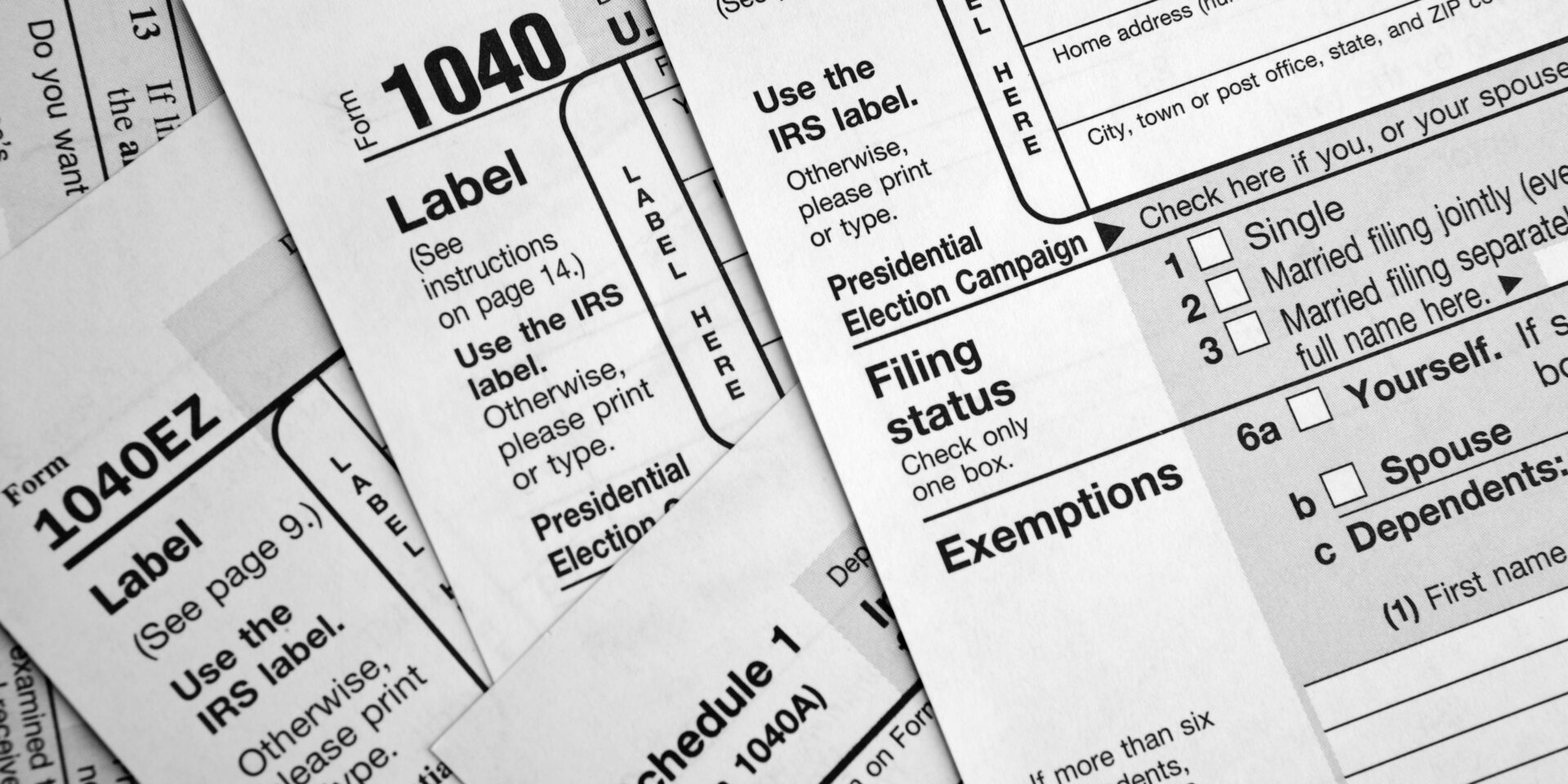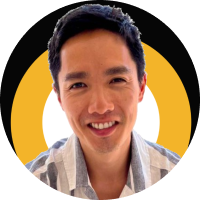Language:
How Do I Patent an Idea?
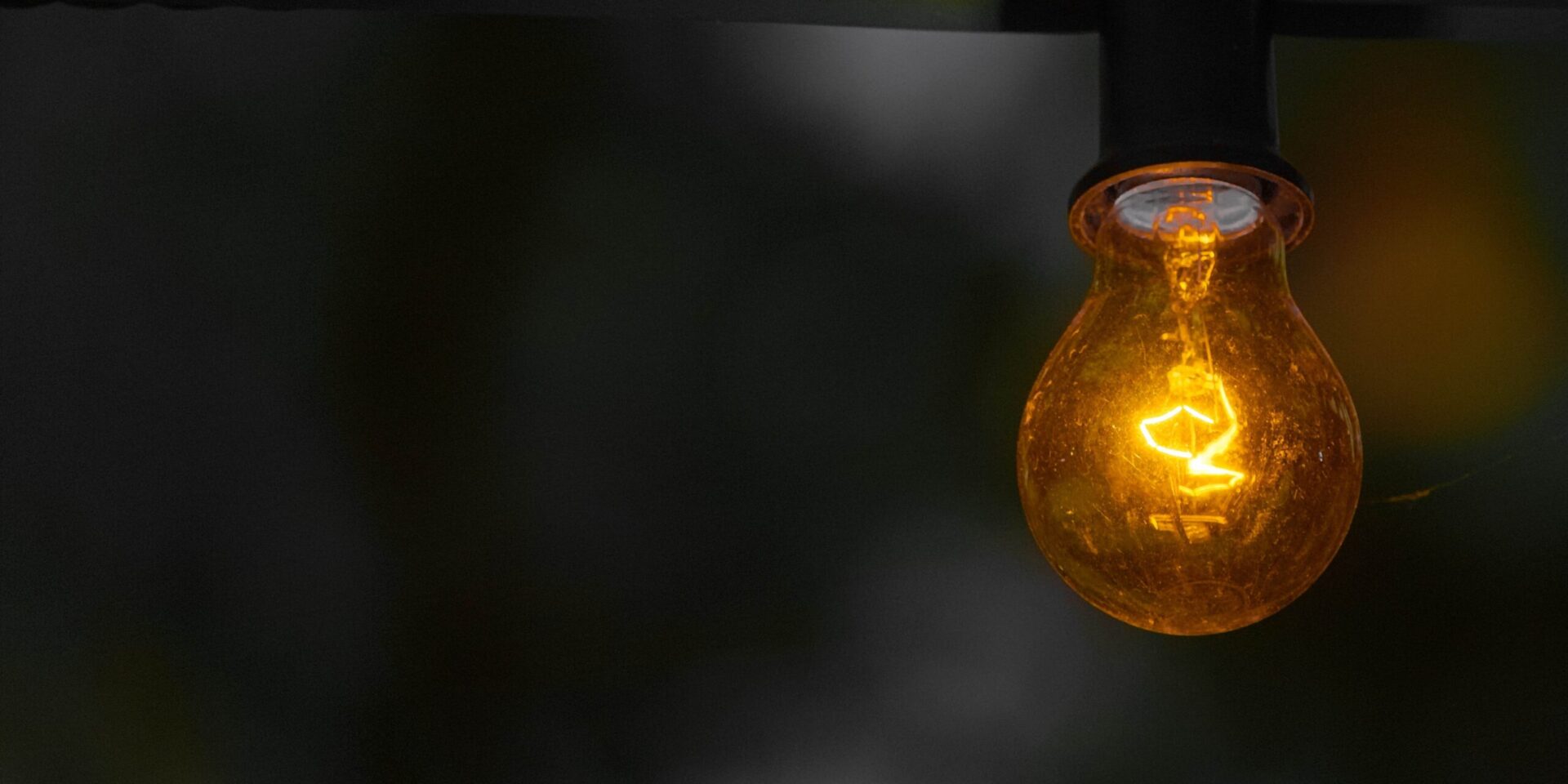
Many people wonder, “How do I patent my idea?” Sadly, the answer is that you can’t. Just having an idea doesn’t automatically make it eligible for a patent. To be granted a patent, your idea needs to be developed into a concrete invention that’s tangible and novel. So, if you’re dreaming of patent fame and fortune, you’ll need to roll up your sleeves and transform your brilliant idea into a real-life invention before seeking protection. Don’t give up, though! With hard work and dedication, you could be on your way to inventing the next big thing. Read on to learn more about patents and how the process works so you are prepared.
What Is a Patent and How Does It Work?
In simple terms, a patent is a legal document that gives inventors the exclusive right to make, use, and sell their invention for a certain amount of time. It’s like a protective shield that stops others from copying or profiting from your hard work and ideas.
When it comes to getting a patent, timing is everything. In the US, they use a ‘first to file’ system, which means that if two or more inventors file a patent application for the same invention, the patent will be awarded to the one who filed their application first, even if they weren’t the true first inventor. This is why it’s crucial to act fast and file your patent application as soon as possible if you want to secure the rights to your invention. Don’t wait too long, or someone else might beat you to it.
What You Can Patent and What You Can’t Patent
To be eligible for a patent, an invention must meet certain criteria.
- It has to have a useful purpose: It can’t be something frivolous or pointless
- It needs to be something that can be patented: There are certain categories of things that aren’t eligible for patent protection, like abstract ideas or laws of nature
- It needs to be novel: It must be something that’s never been done before
- It has to be non-obvious: It can’t be something that anyone with a bit of common sense can come up with on their own
So, what kinds of things can be patented? The list is pretty broad! It could be a new machine, tool, or production process. It could even be a new plant species or an improvement to an existing invention. Just keep in mind that there are certain government guidelines you’ll need to meet if you want to secure a patent for your invention.
Why You Should Patent an Invention
Let’s take a closer look at the advantages and limitations of getting a patent.
First off, the advantages. When you have a patent, you have legal protection for your invention. This means that no one else can make, use, or sell your invention without your permission. This can be a huge advantage, especially if your subject matter is something that you could potentially profit from. With a great invention comes a lot of copycats. Having a patent can also help you attract investors or secure funding for your project since it shows that your invention is unique and valuable.
There are limitations to consider, for one, getting a patent can be a long and expensive process. You’ll need to hire a patent attorney and pay fees to the government, which can add up quickly.
A patent only gives you protection for a limited amount of time, usually 20 years from the date of filing. After that, anyone can use your invention without your permission.
Keep in mind that a patent only protects you in the country where it’s granted. If you want protection in other countries, you’ll need to file separate patent applications and pay additional fees. Finally, there’s always the chance that someone could challenge your patent in court, which can be a costly and stressful experience.
6 Steps to Patent an Invention
Here are the six steps to follow to turn that idea into a legally protected invention:
1. Verify if the Subject Matter is Eligible for Patenting
To ensure your invention is eligible for a patent, start by searching existing patents to see if your subject matter has already been patented. You can use a patent database such as the United States Patent and Trademark Office’s (USPTO’s) Patent Full-Text and Image Database (PatFT), or Google Patents to search for existing patents. Additionally, ask yourself whether your subject matter is novel, non-obvious, and useful, as these are the requirements for an invention to be eligible for a patent.
2. Keep a Detailed Record of How You Came Up with the Invention
Once you’ve determined that your subject matter is eligible for a patent, the next step is to document the development of your invention in as much detail as possible. This documentation will help in proving that you were the first to come up with the invention if there is ever a dispute. Keep a dated record of everything from brainstorming sessions to sketches, diagrams, and prototypes.
3. Develop a Prototype
Developing a prototype can help you refine your invention and demonstrate that it works. This is essential if your subject matter is for a physical invention, such as a machine or device. Even if your subject matter is a software or app-based invention, creating a working prototype will help you refine and demonstrate your idea.
4. Apply for a Provisional Patent
If you’re working on an invention and want to protect it, you can file for something called a provisional patent. This type of patent gives you a year of protection while you continue working on your invention and getting ready to file for a regular patent.
A provisional patent isn’t the same as a regular patent, but it can be a helpful step in the patenting process. To apply for a provisional patent, you’ll need to write down a detailed description of your subject matter and pay a fee to apply. This will give you the right to use the phrase “patent pending” for up to a year. Just remember that you’ll need to file a regular patent application within that year if you want to keep your priority date.
5. Prepare and File Your Patent Application
Once you have a provisional patent in place (if you filed one, remember it is optional), you’re ready to prepare and file your patent application. This is a detailed document that describes your invention, including its purpose, how it works, and how it’s different from existing inventions. You will likely need to work with a patent attorney to prepare your patent application and submit it to the appropriate government agency, such as the USPTO.
6. Get Ready for Patent Prosecution
After you file your patent application, you will enter into a process called patent prosecution. This is where the government agency reviews your application and either approves or rejects it. You may need to respond to requests for additional information or make changes to your application during this process. It’s important to work closely with your patent attorney during patent prosecution to ensure your application is approved.
Protecting Your Inventions With Guidance
Patenting an invention can be a lengthy and complex process, but it can also be incredibly rewarding if done properly. Remember to verify if your subject matter is eligible for a patent, keep a detailed record of how you came up with the invention, develop a prototype, apply for a provisional patent, prepare and file your patent application, and get ready for patent prosecution.
A crucial aspect that inventors often overlook is the financial side of patenting. Let doola help guide you and manage your bookkeeping for you. By taking care of the financial aspects of your patent application, doola can ensure that you are maximizing your chances of success while staying within your budget.
FAQ
How much does it cost to patent an idea?
The cost of patenting an invention varies depending on a few different factors, such as hiring a patent attorney, filing fees, and other expenses. It adds up fast, so do your research and budget accordingly.
Is it hard to get a patent?
The process of getting a patent can be challenging. Your invention needs to meet certain criteria such as being novel, non-obvious, and useful.
How long does it take to patent an idea?
It can take anywhere from a few months to several years to fully patent an idea-turned-invention. How quickly you’re able to complete the necessary documentation and how busy the patent office is at the time of your application will have an impact.
Keep reading
Start your dream business and keep it 100% compliant
Turn your dream idea into your dream business.



